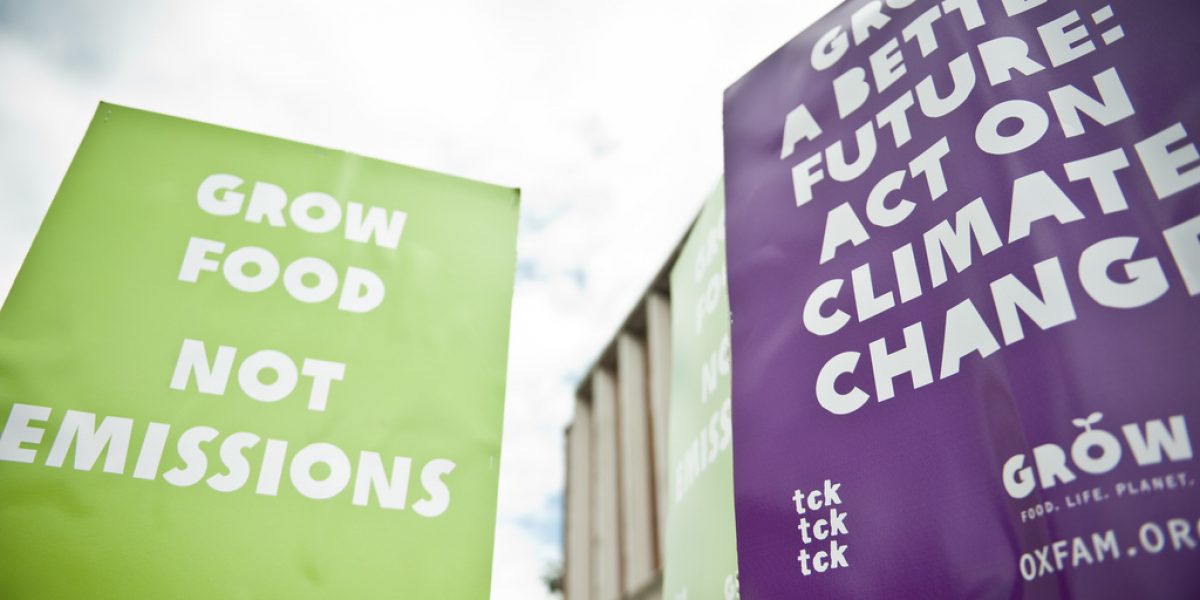To make the process efficient, the treaty allows polluters who fail to curb their pollution sufficiently to purchase CERs from another company that produces a surplus – or from a project in the developing world that earns CERs under the Clean Development Mechanism of the treaty. Carbon trading has been conducted on an experimental basis over the past few years, but the treaty’s entry into force on 16 February 2005 is quickly ensuring that a brisk trade in hot air becomes inherent to the process of curbing emissions globally.
How are quotas distributed?
Each industrialised country has been assigned an emissions quota (the EU was assigned quotas as a block), and has compiled a registry of polluting companies. These companies must effectively apply for permission to pollute from the government, and are allocated specific individual emissions quotas from year to year. A country’s targets were determined roughly by calculating the volume of fossil fuels it consumes; however it determines each company’s individual quotas based on its current levels of emissions, and the scope for improvement. The quotas are designed to collectively curb a country’s emissions to below 1990 levels, but each company or industry’s specific allocation is a matter of complex negotiations with government.
What is the time frame?
Sue Lund, Senior Transaction Advisor at the South African National Treasury’s PPP Unit, said the South African government learned from the experience of the prisons contracts about how to improve its ability to leverage private finance for infrastructure projects.
The Kyoto Protocol has three commitment periods, which will introduce progressively stricter limitations on greenhouse gas emissions. The first, from 2005 to 2008, is effectively a test period in which industries are expected to make the first strides in curbing their emissions. The second, from 2008 to 2012, sets targets for signatory countries of reducing their emissions by about 5.2% below 1990 levels. The third, which begins in 2012 and is still under negotiation, will involve even stricter emissions caps, and may introduce mandatory targets for developing countries such as South Africa.
How does a free-market system for carbon trading achieve the aims of the treaty?
Kyoto is the world’s first legally binding treaty on the environment. The treaty structure holds governments accountable for meeting their emissions reduction targets, but also encourages them to harness the free market to do so through their industries. The result is a system where the EU and individual countries bear ultimate responsibility for meeting the targets, but the actual cutbacks are largely achieved by industry – whether through carbon-trading or employing cleaner technologies at home. Carbon-trading is governed by strict rules under the treaty, but the flexible mechanisms such as the Clean Development Mechanism are turning the ‘hot air’ trade into a big business as well. Independent carbon brokers are cropping up and earning hefty commissions through structuring these deals, and even the World Bank has emerged as a leading carbon financier in the developing world, through its Prototype Carbon Fund.
How are the quotas enforceable?
Countries are required to have registries, in which they account for how their targets are met under the treaty. Each tonne of greenhouse emissions to be saved earns an Certified Emissions Reduction (CER) credit, and is admitted into a country’s registry only after it has been certified by an independent auditor. The treaty introduces fines for not meeting emissions reduction targets of 40 Euros a tonne during the first commitment period, and 100 Euros a tonne during the second, and also adds a penalty of 30% for the next commitment period.
Why the Clean Development Mechanism?
The Clean Development Mechanism (CDM), one of the treaty’s three market-based mechanisms, was conceived as a way to allow industrial countries greater flexibility in meeting their emissions targets, while at the same time transferring cleaner technologies to developing countries so they can build cleaner technologies into their own economic development programs. Thus, investors can identify projects in the developing world that will reduce emissions, and negotiate an agreement with the project developers to purchase the CERs generated by the project.
Who participates in the CDM?
Typically, a local project developer identifies the potential for CDM in a particular project, and seeks an investor through a carbon broker, a direct investor like the World Bank, or through his home country’s Designated National Authority – the national body established to oversee CDM transactions in the country. So far, the World Bank has been a key investor in the developing world, and a key proponent of the CDM. The Bank’s Prototype Carbon Fund – a body funded by national governments and industries in the developing world – acts as an investor in CDM projects, for which it will earn CERs that can later be sold on the open market.
How does a CDM deal work?
Every CDM project has to go through a process of approval, monitoring and validation in order to earn CERs. First, it must be approved by the Designated National Authority in its home country; then it must obtain overseas financing; undergo validation by an Operational Entity – an auditing firm recognised by the Kyoto Executive Board; obtain approval by the Executive Board; and have the carbon savings accrued during the project’s lifetime verified and certified by the Operational Entity.
Dozens of projects around the world are in various stages of laying the groundwork for participating in CDM, but only one project so far is formally registered with the Executive Board.








